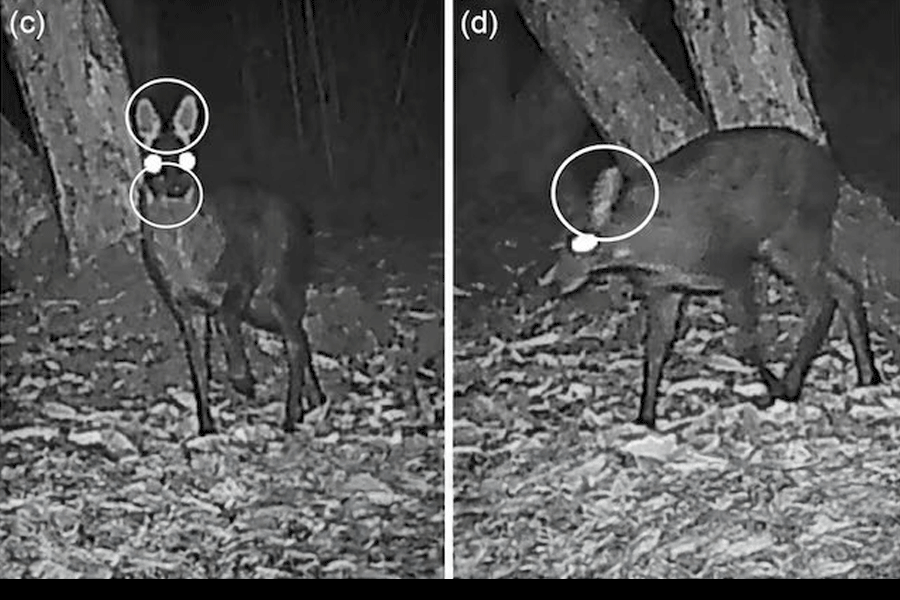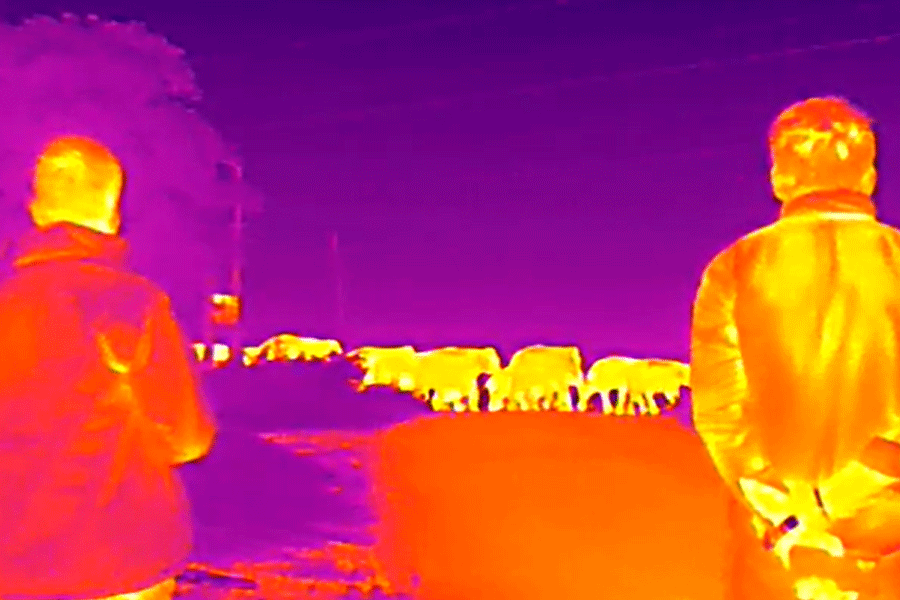Scientists have captured photographic evidence of a musk deer in West Bengal’s Neora Valley National Park, confirming the species’ presence after nearly seven decades of belief that it had disappeared from the state.
The finding, published in a recent study in a Cambridge University Press India journal, marks a significant moment for wildlife research in the eastern Himalayas.
The images were taken on 17 December, 2024, during a camera-trap survey conducted under the Pan-India Assessment and Monitoring of Endangered Species programme.
The project, carried out under the Integrated Development of Wildlife Habitats scheme and focused primarily on the red panda, had deployed a network of cameras across Neora Valley. One of those cameras recorded six consecutive frames of a musk deer in a temperate forest patch.
The photographs showed distinctive features like elongated hare-like ears, absence of antlers and visible upper canines. These are defining markers of Moschus, the musk deer genus.
The researchers noted that the animal was filmed at night, which reduced the clarity required for species-level identification. Still, the morphological traits were clear enough to confirm that the elusive genus survives in West Bengal.










